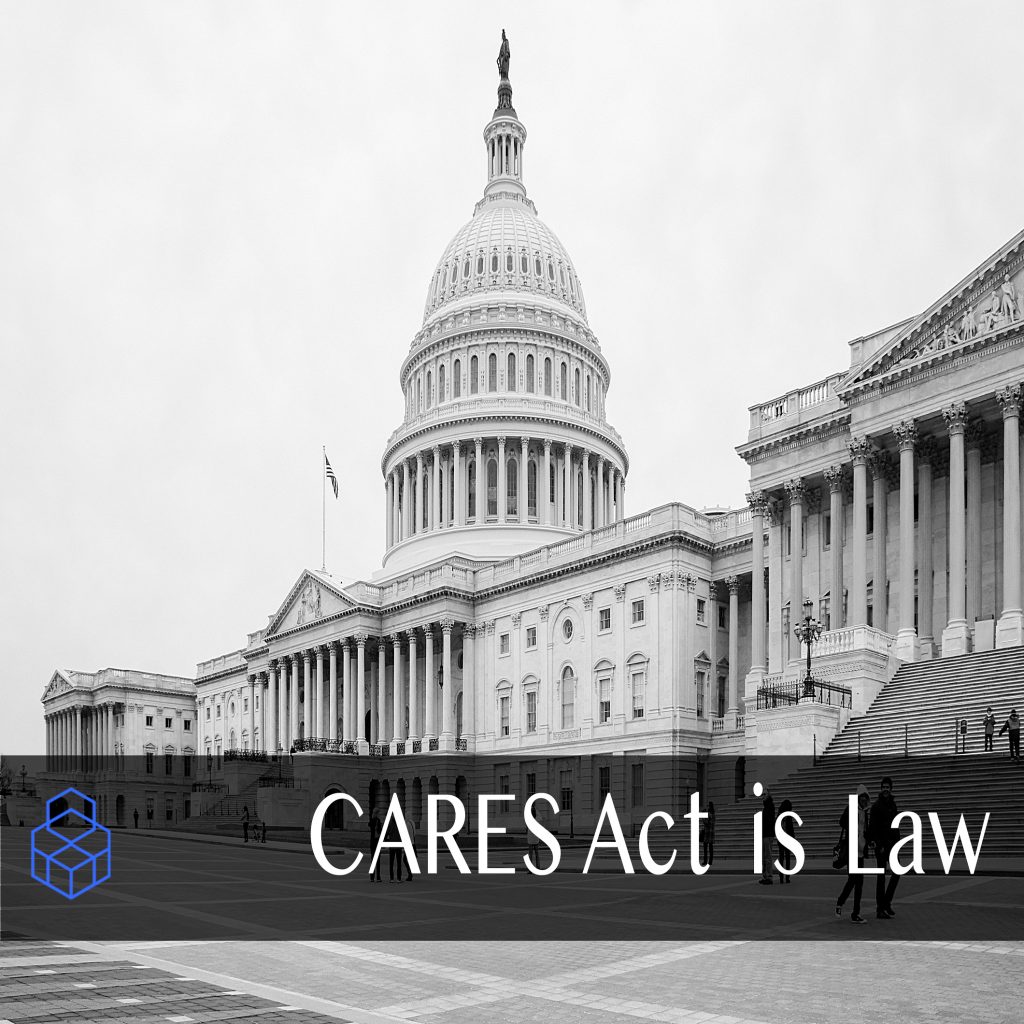On Friday, March 27, 2020, after debating and politicking for a week, Congress passed the Coronavirus Aid, Relief and Economic Security Act. The president signed it on Saturday. There are 2 sections dedicated to exemptions for individuals with an employer retirement plan or an individual retirement plan (IRA). From here on, the term, “retirement plan”, only refers to the aforementioned plan types.

The exemptions for funds held in a retirement plan are found in Sections 2202 & 2203 of the CARES Act. If you want the bullet point changes in plain English, SIGN UP above to join our email list. Our readers on the list already have them.
At first glance, there are 2 things great about this. Now, anyone has the ability essentially draw loans on their retirement. Before the bill, you could only draw a loan from a current employer’s retirement plan, leaving capital trapped for young people who have old retirement plans. Secondly, if done right, consolidating old retirement plans now allows you to pay off the distribution without cash out your pocket.
Just keep in mind that these “withdrawals” are actually penalty-free, interest-free LOANS. This money must be paid back. And, so far, without consequence. It is not explicitly stated what happens when this money is not paid back within the 3-year period. My guess is that you will pay the deferred early withdrawal penalty. But that’s only a guess. I’d watch for Congress to shore that up in a month from now when the Congress comes back from recess. Not sure why they are going on recess in the middle of a pandemic but that’s an entirely different conversation. Hopefully, they are using technology to do virtual town halls with constituents to find out how the next bill can be more impactful for the people and businesses that really need the financial help.
Consider these exemptions to access to your capital carefully. Since every situation is unique. If you’d like to speak with someone to plan this out accordingly for you, reach out to me and the team at Bay Street.
